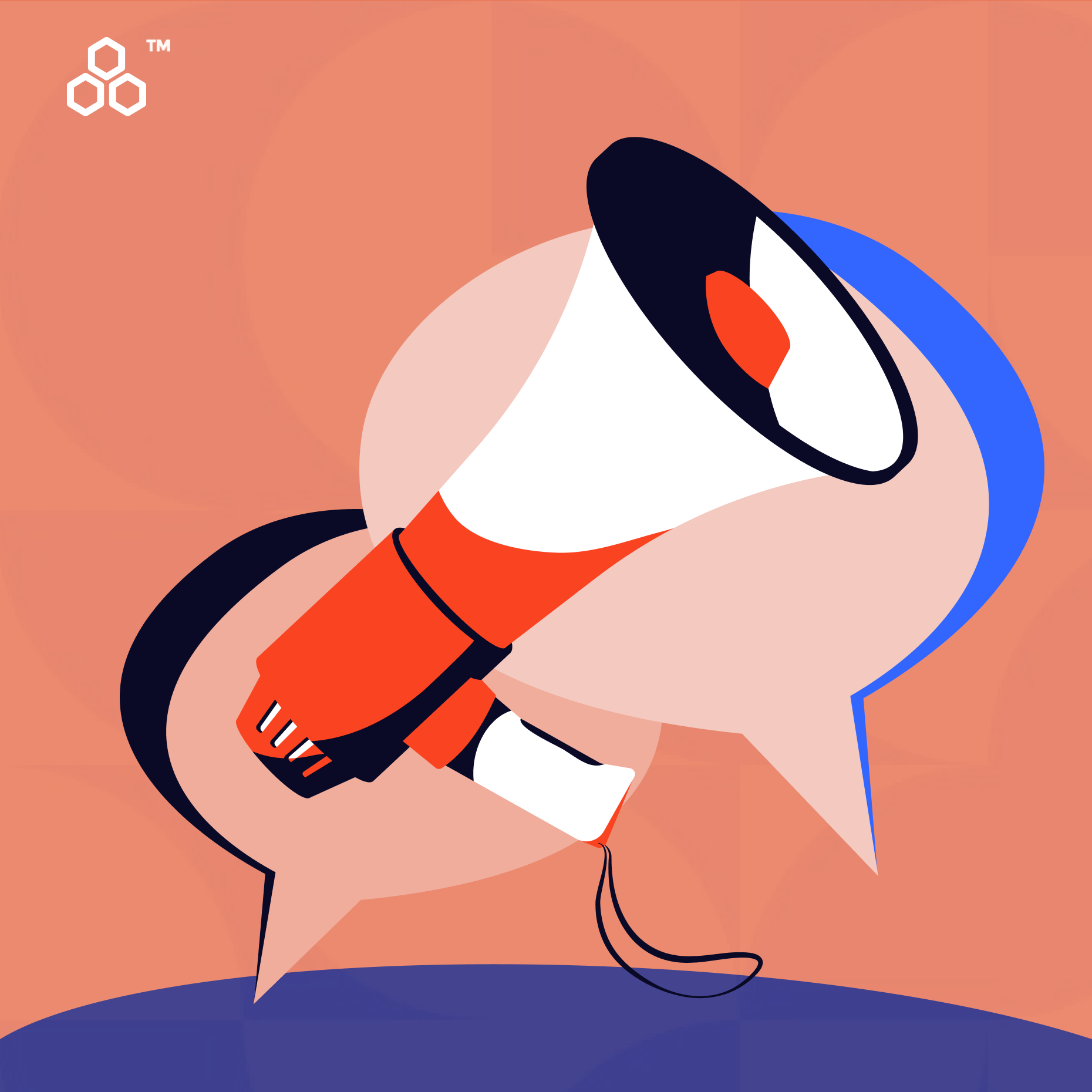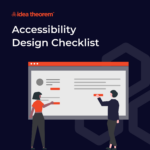Product design requires a deep understanding of the target audience’s needs and preferences to create solutions that meet their expectations. Product designers use various methodologies, such as stakeholder interviews and information gathering, to achieve this.
Furthermore, stakeholder interviews entail one-on-one conversations that furnish detailed insights about the product. During these sessions, the designer establishes goals, identifies user insights and assumptions, and delineates success metrics to inform design decisions, thus ensuring the product aligns with users’ needs.
Information gathering involves tools such as personas, customer journey maps, current landscape & competitor research, and review analytics. Additionally, personas represent real users within the target audience, unveiling their motivations, needs, and pain points. Meanwhile, customer journey maps aid in comprehending customers and proposing solutions. Furthermore, conducting current landscape & competitor research entails analyzing existing platforms and competitor products, while reviewing analytics involves scrutinizing user behavior and feedback to gain deeper insights into how users interact with the platform.
The planning & strategizing session is the last step in the information-gathering process. In this session, the designers finalize the user research methodologies to ensure comprehensive customer feedback. This session helps ensure that the information gathered is comprehensive, relevant, and actionable. Using these techniques, product designers can create products that meet the users’ expectations and are designed with their needs in mind.

Moreover, the planning and strategizing session in user research is pivotal, fostering collaboration between the client and researcher to prioritize research areas, refine methodologies, and guarantee solutions cater to the target audience’s needs.
Furthermore, this session may encompass stakeholder interviews, data analysis, workshops, prioritization grids, “how might we” statements, and affinity mapping. The overarching objective is to develop comprehensive and pertinent solutions tailored to the target audience.
Focus Groups
Moreover, the focus groups process of the project comprises three stages: recruitment & planning, focus group sessions, and evaluation. The recruitment & planning stage entails developing a project plan encompassing the project scope, methodology, questionnaire, user groups, schedule, and location.
After recruiting and screening based on defined user group criteria, participants are welcomed and introduced during focus group sessions. The purpose of the meeting and ground rules are outlined, specific topics are discussed, and participants are encouraged to share their final thoughts. The moderator facilitates the discussion and expresses gratitude to all participants upon completion of the focus group.

Usability Testing
The usability testing process of the project consists of two stages: planning and recruiting & facilitation. In the planning stage, the study’s goals are defined, and tasks are written based on the goals, focusing on exploratory and specific tasks.
Metrics are defined to measure the improvement of the website’s usability, and a usability testing plan includes the study goals, participant profiles, moderator scripts, and metrics/questionnaires. In the recruiting and facilitation stage, the target audience’s demographic is understood, participants are recruited, and test sessions are conducted.
Throughout the test sessions, the team initiates introductions, administers a pre-test questionnaire, conducts tasks, and concludes with post-task questions and a system usability scale assessment. An observer is involved in all test sessions to collect data and metrics, and video and audio recordings are made with participant approval. Additionally, the team gathers data on usability issues and user experience barriers, followed by discussions with testers to glean further insights.

User Interview
The project will undergo a three-stage user interview process to gather valuable and valid feedback from real users. The process begins with the planning stage, where we define the research goals and objectives, and identify the target audience.
Following this, we meticulously craft the user interview plan, which encompasses the study’s purpose, participant profiles, moderator script, and metrics/questionnaires for implementation. In the second stage, we recruit and screen participants using questionnaires.
During the one-on-one interview sessions, the facilitator actively engages with the participant, discussing pre-interview questions, topic-specific inquiries, pain points, user tasks, opinions, attitudes, and post-interview reflections. Subsequently, the facilitator records the data and offers video and audio recordings, subject to the participant’s approval.

Online Survey
During the planning phase, we’ll prepare the prototype link for distribution to users, define topics and questions, categorize the questionnaire if needed, set up the survey online, monitor feedback, and collect data.
Furthermore, after collecting the survey results, the final deliverables will comprise analytical insights. These insights will undergo analysis using quantitative and qualitative data to identify trends in customer perception, thoughts, and behaviors. Then, we’ll note commonalities, themes, and ideas, categorizing feedback based on specific types of respondents and subgroups.
The final report will include the results from the survey and detail the significant findings, conclusions, and patterns, and provide actionable insights which will present both high-level findings and a detailed analysis.

Ethnographic Research
Ethnographic research is a type of qualitative research that aims to understand the culture and experiences of people. There are three main types of ethnographic research: Contextual Inquiry, Field Study, and Diary Study.
Moreover, Contextual Inquiry, identified as a semi-structured interview method, involves asking users standard questions, then observing and questioning them while they execute tasks within their environment.
Field study conducts research in the user’s context and location, providing insight into user processes, learning user vocabulary, and businesses’ interactions with customers.
Additionally, a diary study gathers qualitative data on user behaviors, activities, and experiences over time through diaries participants maintain. This approach aids in acquiring a contextual understanding of user behaviors and experiences across time.
Eye Tracking Study
The planning phase for an eye-tracking study will involve setting up the eye-tracking cameras and determining the type of visualization needed for the study. The cameras will track the movement and position of the eyes using a special light to create a reflection in the participant’s eyes.
The cameras then capture those reflections and use the data to estimate the position and movement of the eyes. The user interface will project the resulting data, visualizing where the participants looked. The visualization types include gaze plots, gaze replays, and heatmaps, which can provide qualitative and quantitative insights into the participant’s gaze behavior.

Concluding the user research phase, the analysis and report stage meticulously reviews insights gathered, distilling them into essential information for stakeholders’ reference.
Furthermore, the final report will encapsulate the key findings and recommendations derived from the research. The customer insights report will encompass an executive summary, study details, participant profiles, updated user personas, customer journey, findings, data, and recommendations.
Report includes observer’s notes, available in summarized and in-depth formats.
—
What’s Next
Idea Theorem is an award-winning design & development agency based in North America. Through our empathy-driven approach, we have crafted digital products that have positively impacted over 10 million users. Our mission is to shape the digital future by delivering exceptional experiences. Contact Us if you have any questions; we will gladly help you.






